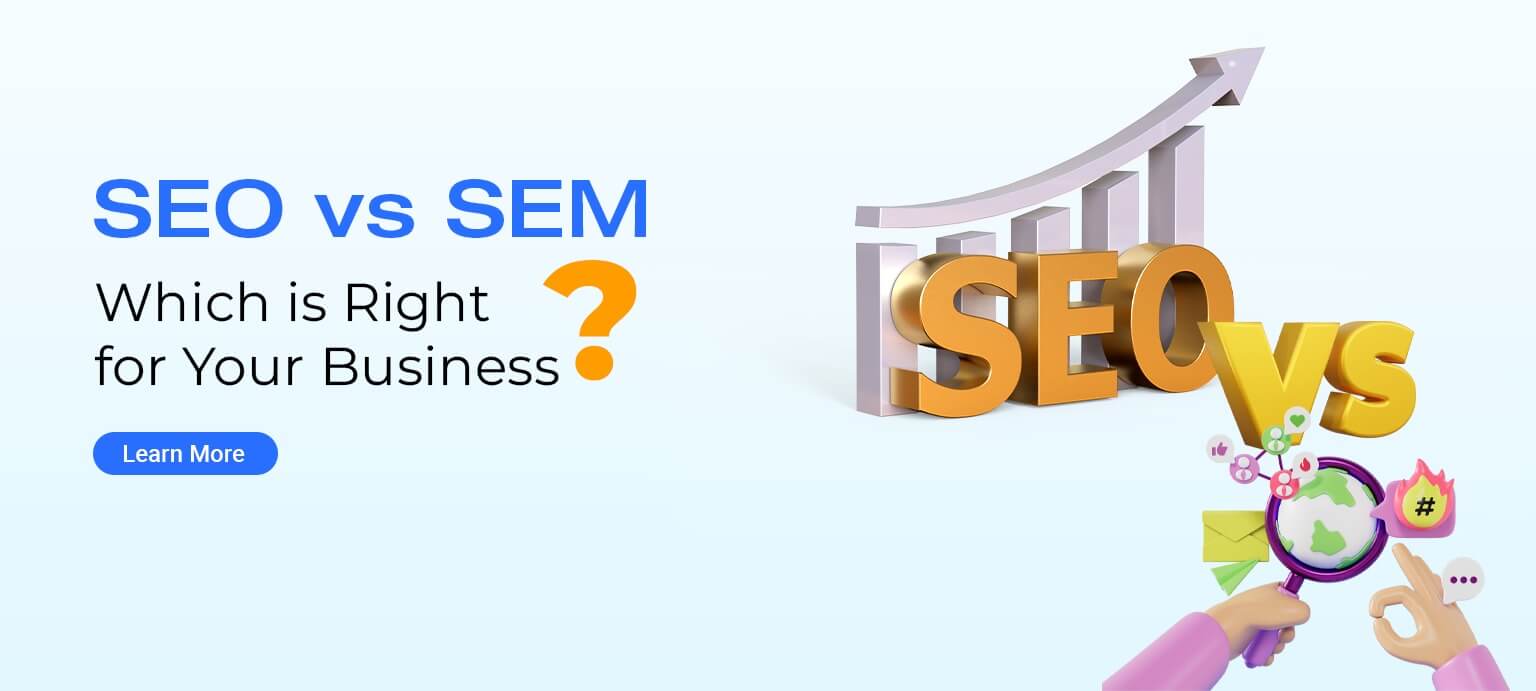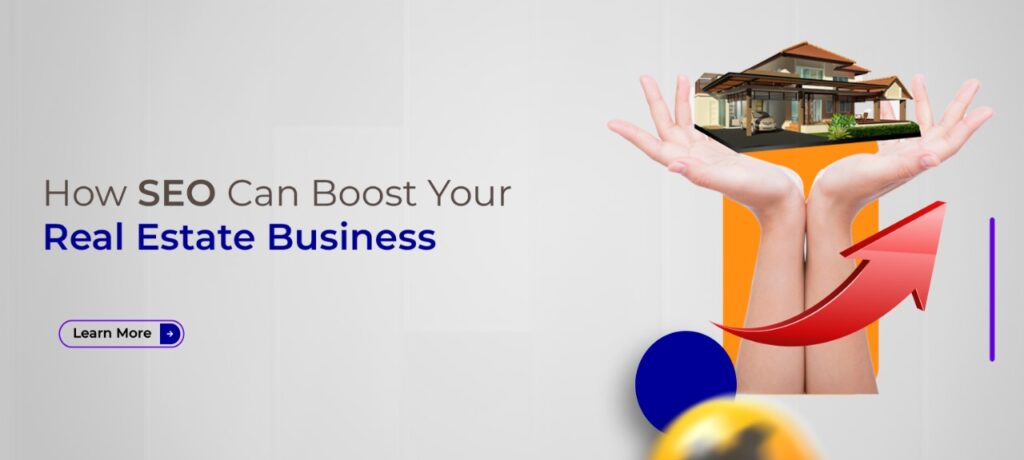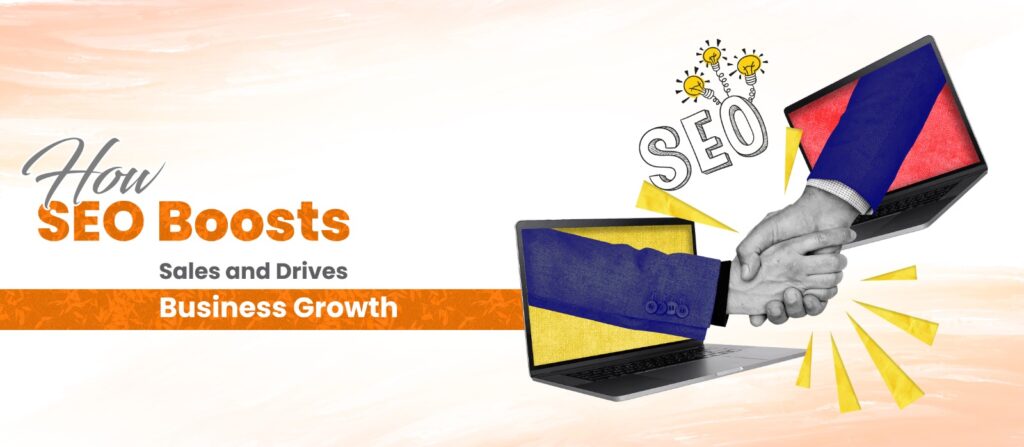In the digital marketing world, two powerful strategies dominate the landscape: Search Engine Optimization (SEO) and Search Engine Marketing (SEM). Both are essential for driving traffic to your website, increasing visibility, and boosting conversions. However, choosing the right one for your business can be a challenge. While both SEO and SEM aim to achieve the same goal—helping you rank higher in search engine results—each has its unique approach and benefits. In this blog, we’ll explore the differences between SEO and SEM, their advantages and drawbacks, and help you decide which strategy is right for your business.
Understanding SEO (Search Engine Optimization)
What is SEO?
SEO is the process of optimizing your website to rank higher in organic (non-paid) search results on search engines like Google, Bing, or Yahoo. The primary goal of SEO is to improve your website’s visibility and relevance in search engine results pages (SERPs) through on-page and off-page optimization techniques.
How SEO Works
Search engines use complex algorithms to determine which websites are most relevant to a user’s search query. SEO aims to improve various factors that influence rankings, including keyword relevance, site structure, user experience, content quality, backlinks, and more. These efforts are aimed at making your website appear as the most authoritative and relevant answer for specific search queries.
Benefits of SEO
Cost-Effective: Unlike SEM, SEO does not involve paying for ads. Once you achieve a high ranking, you can enjoy consistent, long-term organic traffic without incurring extra costs.
Trust and Credibility: Organic results tend to have higher credibility in the eyes of consumers. Being featured in the top results naturally boosts trust, as people often perceive organic listings as more genuine compared to paid ads.
Sustainable Traffic: SEO helps you build a sustainable flow of traffic over time. With the right strategy, organic rankings can remain stable, and you don’t have to keep paying for visibility.
Better User Experience: SEO techniques often improve site structure, mobile optimization, and content quality, which enhances the overall user experience and can lower bounce rates.
Challenges of SEO
Time-Consuming: SEO is a long-term strategy. Unlike SEM, which can provide quick results, SEO requires time to show results, often taking months for significant changes in rankings and traffic.
Requires Expertise: SEO is complex and ever-evolving. It involves a deep understanding of search engine algorithms, keyword research, content creation, and link-building strategies. Without expertise, it can be challenging to see meaningful improvements.
Constant Algorithm Changes: Search engines frequently update their algorithms, which can impact your rankings. SEO strategies need to be continually optimized and adjusted to stay relevant.
Understanding SEM (Search Engine Marketing)
What is SEM?
SEM involves paid strategies to increase a website’s visibility on search engines through ads. Unlike SEO, which focuses on organic rankings, SEM includes strategies like Google Ads (formerly AdWords), Bing Ads, and other paid advertising platforms. These ads are typically displayed at the top or bottom of search results pages, marked as “Ad.”
How SEM Works
With SEM, businesses bid on keywords related to their products or services. When users search for those keywords, the ads are triggered to appear in the search results. The more a business bids on a keyword, the more likely its ad will appear at the top of the search results. SEM campaigns typically follow a pay-per-click (PPC) model, meaning you pay every time someone clicks on your ad.
Benefits of SEM
Instant Results: Unlike SEO, SEM delivers quick results. Once your ads are live, you can start driving traffic almost immediately, which is ideal if you need fast visibility.
Targeted Audience: SEM allows you to target specific demographics, geographic locations, devices, and even time of day. This precision helps you reach the right audience, improving the chances of conversion.
Scalability: With SEM, you can easily scale your campaigns by increasing your budget or adding more keywords. This flexibility allows businesses to grow their online presence rapidly.
Measurable and Trackable: SEM campaigns provide detailed analytics that allows you to track the performance of your ads in real-time. You can easily measure click-through rates, conversions, cost per click, and return on investment (ROI).
Challenges of SEM
Costly Over Time: SEM requires an ongoing budget to maintain visibility. As long as you want your ads to appear, you need to keep paying for them. This can be expensive, especially for competitive keywords.
Ad Fatigue: People may ignore or become “blind” to ads after repeated exposure. This phenomenon can lead to diminishing returns on your paid campaigns over time.
Requires Continuous Monitoring: To maintain a successful SEM campaign, you need to monitor and optimize your ads regularly. This includes adjusting bids, testing ad copy, and refining targeting to ensure maximum effectiveness.
What is the Difference Between SEO and SEM?
When asking “what is the difference between seo and sem?”, the distinction boils down to their approach and costs. SEO is focused on organic growth through optimizing your website for search engines, whereas SEM involves paid advertisements to achieve immediate visibility. SEO takes longer to show results, but it provides sustainable traffic with no ongoing costs. SEM, on the other hand, can provide quick visibility but requires continuous investment to maintain results.
SEO vs SEM: Which is Right for Your Business?
Now that we understand the differences between SEO and SEM, it’s time to evaluate which strategy is best for your business. The right choice depends on several factors, including your business goals, budget, timeline, and the competitive landscape of your industry.
When to Choose SEO
Long-Term Strategy: If you are looking for sustainable, long-term traffic growth without continuously paying for clicks, SEO is the right choice. Once your site ranks high in organic search results, you can enjoy a steady stream of visitors.
Budget Constraints: If you are working with a limited marketing budget and need to prioritize cost-effective strategies, SEO offers a great return on investment in the long run.
Building Credibility: If your business relies heavily on trust and credibility, appearing in organic search results is a great way to boost consumer confidence.
When to Choose SEM
Need Quick Results: If you have a short-term goal or need immediate visibility, SEM is the way to go. Whether you’re running a time-sensitive promotion or launching a new product, SEM provides instant traffic and conversions.
Highly Competitive Industry: In some industries, ranking organically through SEO can be extremely difficult due to high competition. In such cases, SEM allows you to gain a foothold and generate traffic more quickly.
Targeted Campaigns: If you have a specific target audience or geographic location in mind, SEM allows for precise targeting and ensures that your ads are shown to the right people.
Combining SEO and SEM for Maximum Impact
In many cases, businesses find the best results by combining both SEO and SEM strategies. SEO provides long-term, organic traffic, while SEM delivers quick, targeted visibility. Using both can help you achieve a balance between immediate results and sustainable growth.
For instance, while waiting for your SEO efforts to bear fruit, you can use SEM to drive traffic and conversions. Additionally, using SEM to target competitive keywords that are difficult to rank for through SEO can complement your organic efforts.
Final Thoughts
Both SEO and SEM offer distinct advantages, but choosing the right strategy for your business depends on your goals, budget, and timeline. If you are focused on long-term growth and cost-effective strategies, SEO may be the best option. However, if you need immediate visibility and targeted traffic, SEM can be more effective.
In many cases, businesses that combine both SEO and SEM strategies achieve the most comprehensive results. Whether you choose one or the other, understanding their differences and benefits will help you make an informed decision to achieve your marketing objectives and drive more traffic to your website.
If you are looking for SEO and SEM services that can help your business grow and succeed in the digital landscape, HTSM Technologies is here to assist. As a leading digital marketing agency, we understand the unique challenges businesses face in today’s competitive online world. That’s why we tailor our SEO and SEM strategies to meet the specific needs of each client. Whether you need to improve your organic search rankings through SEO or achieve quick results with targeted SEM campaigns, we have the expertise to help. We believe in providing transparent, results-driven solutions that not only boost your visibility but also increase your conversions and sales. Our team of experienced professionals works closely with you to design a strategy that aligns with your business goals, ensuring that every dollar spent brings you closer to achieving measurable growth. With HTSM Technologies, you can trust that we will guide you every step of the way in maximizing your online presence and driving the success your business deserves.





